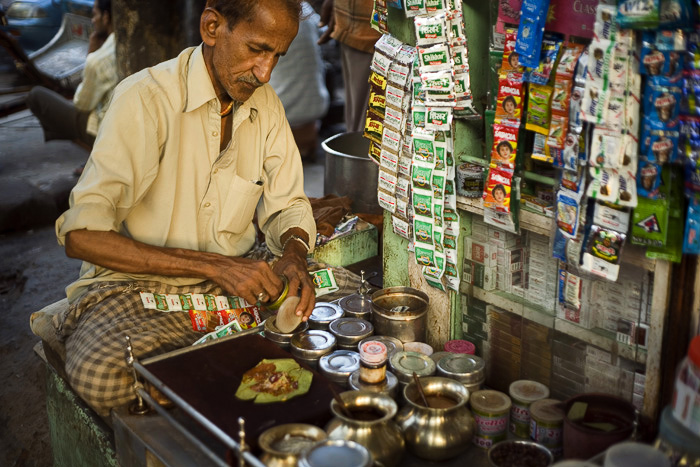Delighted once again to be featured in the American Photo Annual with my image of Harry Kaufman, anti-fascist fighter and member of the 43 Group.
Delighted once again to be featured in the American Photo Annual with my image of Harry Kaufman, anti-fascist fighter and member of the 43 Group.
For some unknown reason, I seem to have forgotten that some months ago, I was shortlisted in the Portrait section of the British Photographic Awards for my photograph of the late Ronald Morgan, part of my series on the heirs of the East London group.
I photographed Ronald, an extraordinarily prolific painter in his sparse Art Deco flat in Bow that was also his studio. Every room was full of paintings and easels – a warren of creativity and colour.
Ronald, a much respected artist, was a charming, charming man and I enjoyed a wonderful couple of hours with him.
I wrote about the whole project here.
I’m delighted that the new Swedish edition of Daniel Sonabend‘s We Fight Fascists includes four of my portraits of the last members of the 43 Group.
Published by Söderbokhandeln Hansson & Bruce, it’s a really beautifully designed edition and the printing on the images is lovely. 
During Lockdown, like many people, I’ve spent some time looking over my archives. On my infrequent Instagram postings, I’ve decided to feature three images that were in the mix for my second book, The Palaces of Memory – Tales from the Indian Coffee House, but never made it. The editing process was very thorough and sometimes you have to let go of pictures that you like and think are strong but simply don’t fit a narrative. That was true of so many photographs that I made over the years on this project. Never so much as the image below however.
It was made in Shimla on a freezing cold, three-day trip staying in a miserable budget hotel, a twenty minute walk from town. The frame, shot on a really awful early digital Leica (an M9) seemed to encapsulate my feelings echoed in the face of the waiter on the first day. I didn’t like Shimla that much. I just saw a tatty old British capital playing on its dubious heritage, packed full of noisy tourists. But maybe that was just me on those days – the rest of Himachal Pradesh remains beautiful. The Coffee House was nice though. Welcoming and warm.
I remembered that I’d arrived in the evening after a long drive from Delhi with my long-time driver/fixer/partner-in-crime, the late and much missed, Armajeet Singh.
I wandered alone into the warm fug of the half-empty coffee house late at night. There were pictures to be had and now, years later, I remember the yellow light and the steam, but I hesitated and shot nothing preferring to just look. I had a coffee and left, angry at myself for not pushing harder. It was however, a cold calculation born of not wanting to make a mistake before I’d had chance to ask permission properly and work out the lay of the land. Of course, when I went back over the next couple of evenings, it was never the same.
It never is.
Perhaps that’s why the waiter’s face chimed with my mood when I made this picture the next morning. You always end up photographing yourself in one way or another. Photography’s funny like that. The frame often has you in it, even though you’re not…
It was certainly how I felt when I was just starting the project and was unsure where it would go or whether it would work.
I’ve always liked the image however.
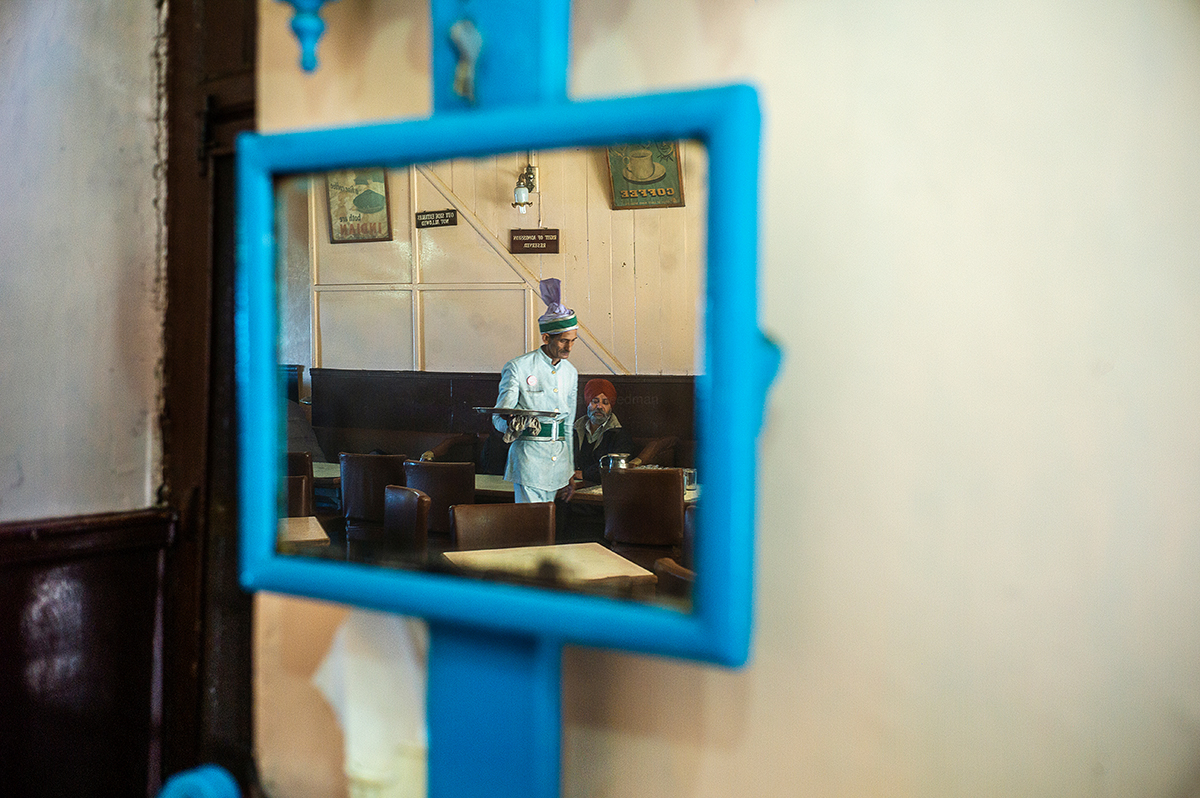
During this period of social isolation, frequently referred to in the contemporary (and telling) militaristic parlance as ‘lockdown’, I’ve been thinking much about outside space. Photographs from across the world show people gathering on balconies, separate but conversing, singing and playing music the way that they used to do in more normal times. This additional use of personal and public space brought me back to Delhi, the city with whom I’ve had a long and complicated relationship.
When I first started to work there in the mid-90s, which in the evolution of that city seems like a very long time ago, the majority of residential areas were restricted by urban planners to just two stories. Delhi was, for the most part, a low-rise city with a human scale. People in middle-class areas inevitably used their roof space to build a self-contained room where their domestic help would live. By the time I arrived, the ever-resourceful Delhi wallahs had decided that these quaint little structures known as barsati (from the Hindi word – barsaat – for rain) were quite chic and started to advertise them for rent as an evocative, cheap and central place for urbanites. Despite me looking at a couple (I think in Defence Colony…) I never did take the plunge, fearful as I was of being drowned in my bed during monsoon or being swept away in the loo (the dry, seasonal Delhi wind – not the temperamentally plumbed convenience connected to the erratic Delhi sewers). I remember them being terrifically popular with an arty crowd and I’d sometimes be invited to parties where foreign journalists would hold court in them, serving imported drinks on tiny tables – the decor all Diwali fairy-lights, damp-mottled walls and antique Bollywood film posters. Apparently MF Hussain (about whom I wrote about some years ago here) lived in one in Jangpura as did Arundhati Roy in Lajpat Nagar. Anita Desi features one in her short story The Rooftop Dwellers.
The transformation of Delhi from sleepy government city to a gaudy, monied and dangerous metropolis (see Rana Dasgupta’s Capital) meant that the barsati has pretty much had its day. The two-floor Delhi dwelling is long gone, replaced by a Neoliberal architecture of individualism and show: multi-storied and gated. The city, seemingly desperate to forget its past (contrasted with today’s Britain that still clings to it’s own re-invented one) is unrecognisable. It occurred to me however, just how much I’d stood on these rooftops over the years. From traditional musicians in Old Delhi to The Coffee House to a friend of a friend’s place overlooking Mehrauli forest, they always felt a way to rise above; to overlook – to observe – away from the frenetic noise and bustle.
As I look out on these uncertain, pandemic nights, coming to terms with what was and what yet might be in a very altered world, I think back years to the Delhi that I once knew – my Delhi – and wish I’d have rented that barsati after all.




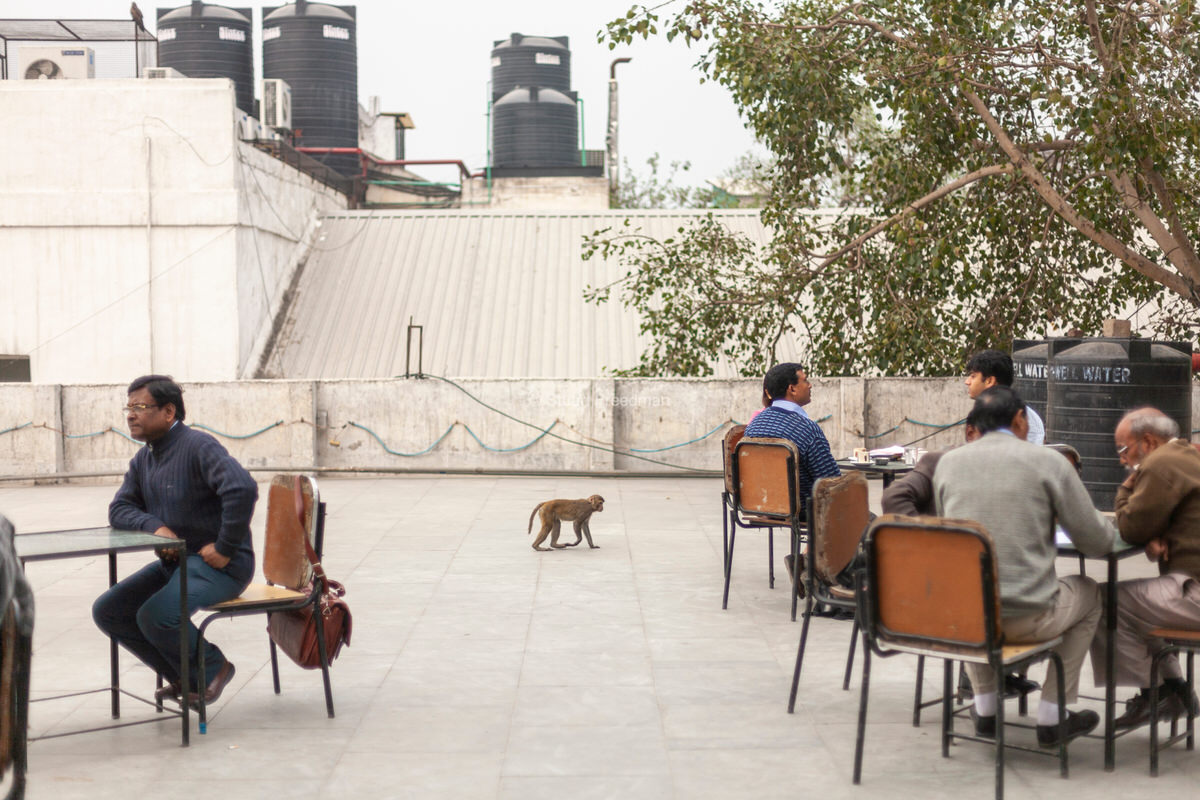
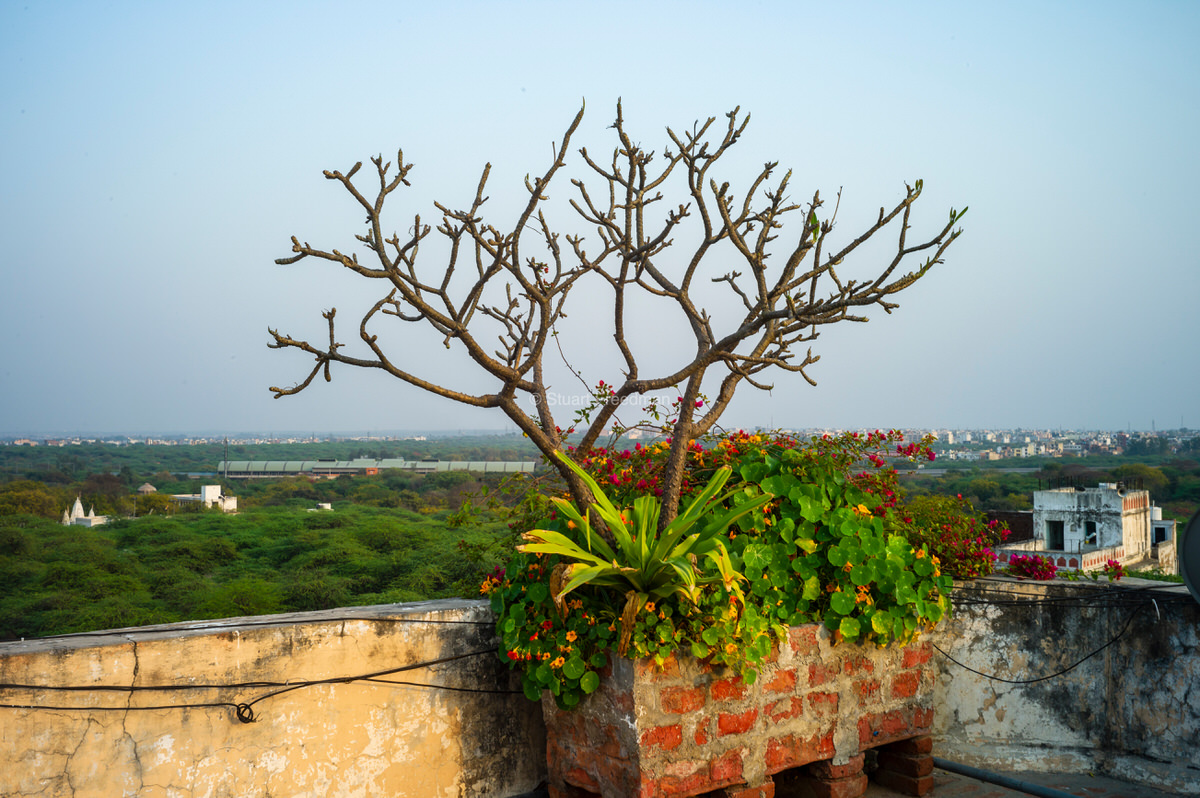
Light and moreover, the quality of the light that I’ve photographed in has, it’s true to say, been rather an obsession for me.
Working away from the cold, blue northern light of a damp Britain, I’ve been completely enthralled by the warmth and the colour of the light of the South – particularly of Africa and Asia. Sometimes I confess, that concern has overridden my image-making – sometimes I’ve simply not taken an image that perhaps I should have done because I didn’t feel the light was beautiful enough. It used to be much worse when working on transparency film: dawn and dusk were the only times I would work outside comfortably because only then could you guarantee that rich, golden warmth.
I’ve therefore been intrigued over the last few days to read Peter Davidson’s new book, The last of the light – about twilight. In it, Davidson examines twilight in the tradition of Western art, thought and sensibility. It is an extraordinary book and a meditation on the very brief threshold between day and dusk. I realised that I’ve shot so little outside of the ‘golden hours’ that actually I wonder if I’ve done myself a great disservice. I’m not sure that except on a few isolated occasions that I ever have shot at twilight – that briefest of in-between times when the sun has dipped and ushers in a blue sky just before the inevitable black.
Digital cameras allow us a much greater latitude to cover marginal light – sometimes light that the human eye cannot see. In that way perhaps we’re becoming less aware of light’s peculiarities and certainly its perceived technical limitations. Certainly if we are able to photograph more in twilight perhaps we are less aware of its historic and symbolic meanings for past generations. Inevitably, it just becomes another time of day shorn of it’s cultural significance – and hence the kind of imagery that we can photographically reflect.
I’m not sure that except on a few isolated occasions that I ever have shot at twilight. Here’s an image taken (ironically in London) of an instant before twilight – just as the sun is dipping below the horizon.

I’m delighted that one of the traditional Pie and Mash shops that I was privileged to photograph a couple of years ago has been given Grade II Listed status.
According to the citation, “The building, which was first opened to the public in 1929, has been given the accolade for its ‘beautifully preserved interiors’, which have never been replaced or modernised”
I wrote and photographed at length about London’s dying Pie and Mash shops (and jellied eels) on this blog last year. See here.
Here’s a small selection of images from Manzes in Walthamstow Market.
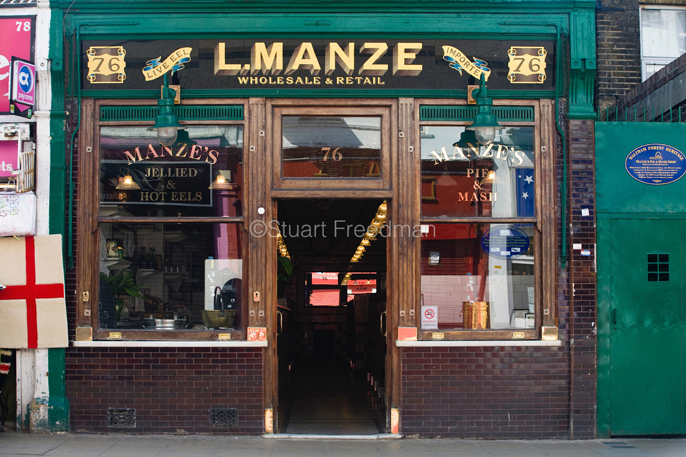
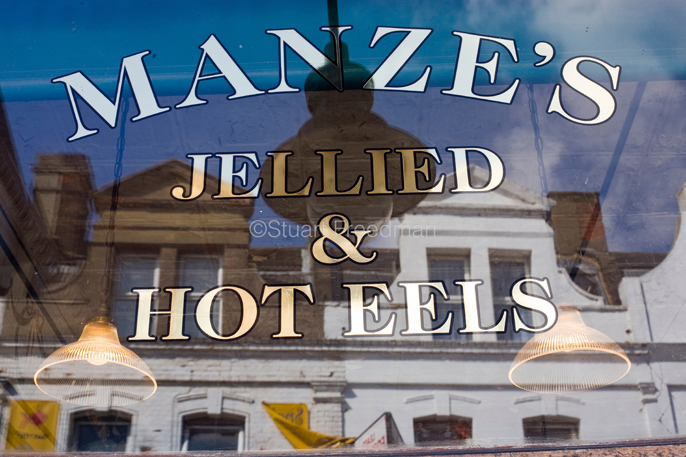
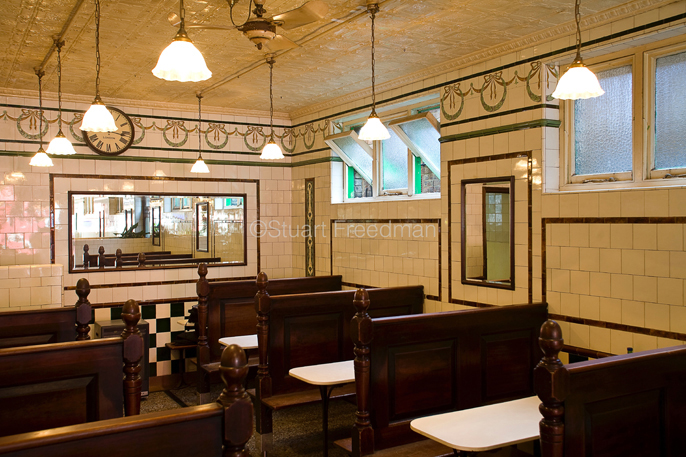


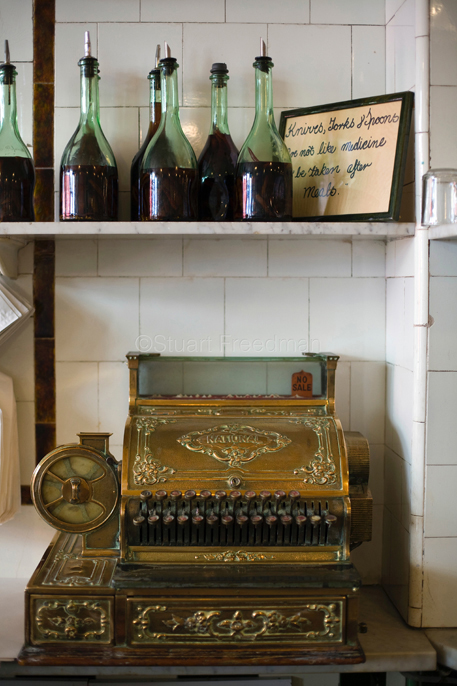
Appropriately on Valentine’s Day, the New York Times carries a piece today about the changing landscape of romance and especially kissing in Indian society. During my project about documenting Delhi’s green spaces, I photographed many couples seeking intimacy in public places unable to do so at home. Here are a couple of images from the series Public Spaces, Private Lives. A fuller set ran on the Camera Obscura blog in 2009 with a little interview about the work.
Happy Valentine’s Day.
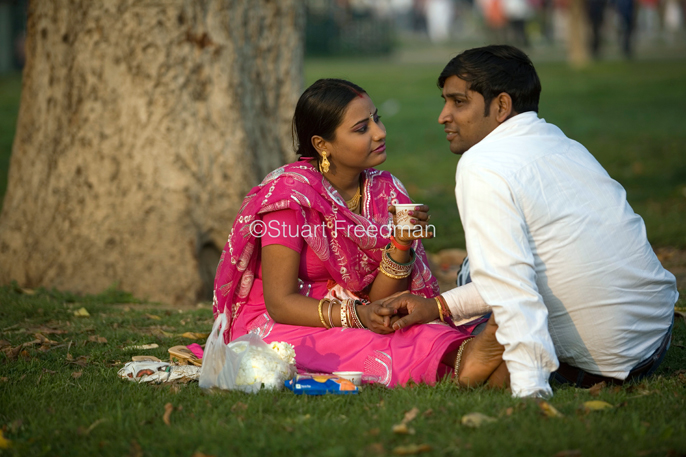

I’ve mentioned before about people finding private space for themselves in busy cities so here was a nice little thing – a meditation flash mob – perhaps a couple of hundred people or so came to sit by the stone lion in the great Court of the British Museum on Friday evening… shame I was photographing rather than being a part of it as it looked rather interesting…

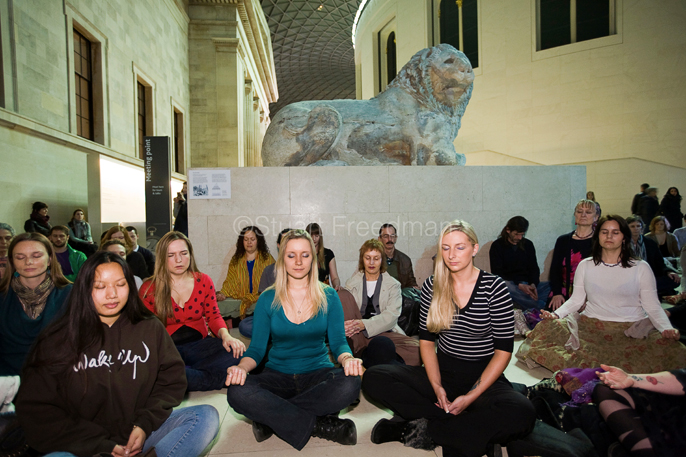

I was saddened but entirely unsurprised to see in a recent BBC report that Delhi’s excellent street hawkers were being evicted before the Commonwealth Games. With grinding monotony it seems that vegetable sellers, cobblers, presswallahs, hawkers and other undesirables that the city depend on are being moved off – often despite applying for licenses that never come.
According to the National Association of Street Vendors, Delhi has something like 350000 hawkers that sell their wares on the streets. Most live a hand-to-mouth existence and, if they are the main breadwinners in families of perhaps five people, the economic fallout from a large section of Delhi’s working class will be enormous.
The streetwallah’s plight follows Delhi’s drive to evict as many beggars and ‘undesirables’ from the city as it can. Andrew Buncombe’s piece for the Independent here is worth reading.
Earlier this year I read a fascinating book, Trickster City; an anthology of writings from the ‘belly of the metropolis’ by young, working class writers dealing with slum life and eviction. A voice rarely heard – an almost Dickensian cityscape rarely seen by Westerners and desperate to be hidden by the State authorities.
The irony is that many countries celebrate their street culture – especially food – and make them a tourist attraction: one has only to think of Singapore and Vietnam. Delhi’s depressing desire to imitate a corporate driven monoculture is certain to lead to a lessening of the city’s heritage.
My images start with Kishori Lal and his family. Lal, a tailor from Rajasthan, set up his little stall outside the wall of a ‘big man’ twenty two years ago. He takes up the story: “There was no footpath here then. The tree that you see on the footpath is standing on a narrow strip of land between two sewage lines that run underneath. I asked the maali (gardener) to plant it there and got
the sapling for him. If I have any trouble, the Saheb helps me out. After so many years here, like this tree I have also taken roots in Delhi. But who belongs to this place? Even the sahibs are from outside.”

